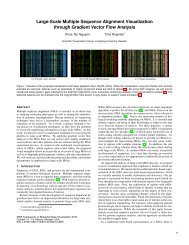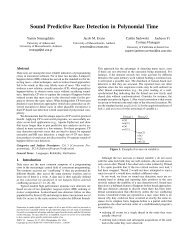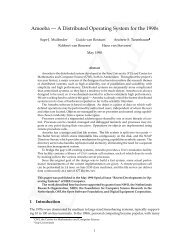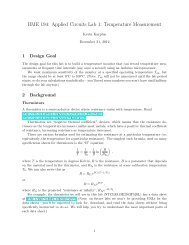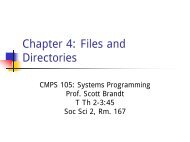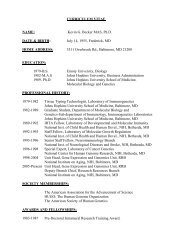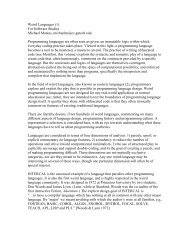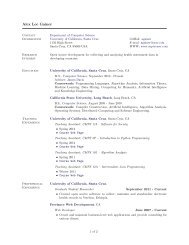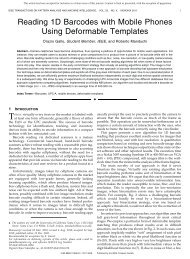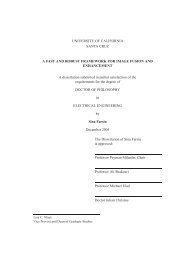Learning binary relations using weighted majority voting
Learning binary relations using weighted majority voting
Learning binary relations using weighted majority voting
Create successful ePaper yourself
Turn your PDF publications into a flip-book with our unique Google optimized e-Paper software.
LEARNING BINARY RELATIONS 257<br />
Solving for tt gives the bound given in Equation (1).<br />
An interesting modification of our first algorithm would be to consider all rows in<br />
the same group as row r and then predict with the number of l's already known in<br />
column j divided by the total number of known entries in column j (i.e. a prediction of<br />
N1/(No + N1) <strong>using</strong> the notation of Figure 4). We did not use this rule because it is<br />
harder obtain a lower bound on the final weight in the system.<br />
Finally, by applying the results of Cesa-Bianchi, Freund, Helmbold, Haussler, Schapire,<br />
and Warmuth (1993) we can tune/3 as a function of an upper bound c~ on the noise.<br />
LEMMA 1 (Cesa-Bianchi, Freund, Helmbold, Haussler, Schapire & Warmuth, 1993)<br />
For any real value z > 0 or z = oc,<br />
z 2 + in a z2<br />
g(z)




